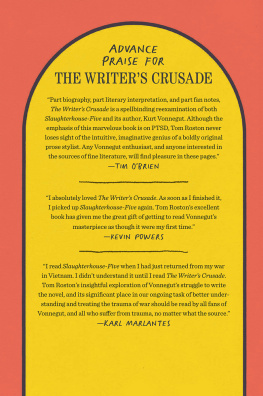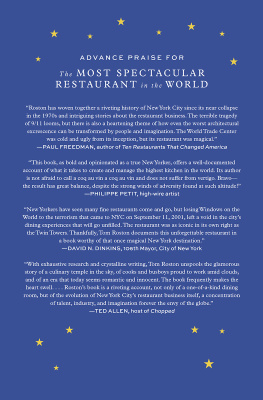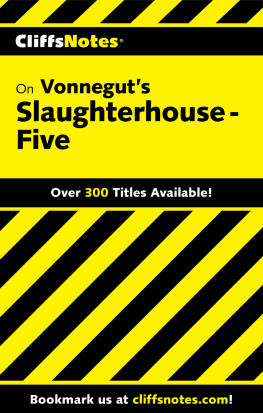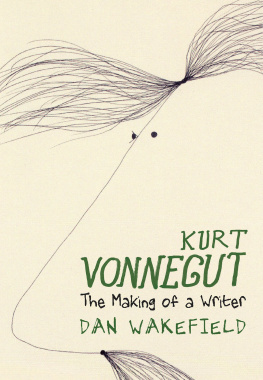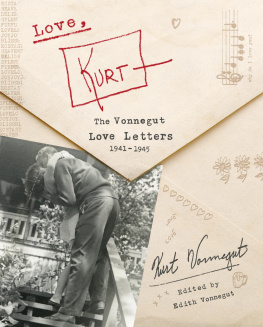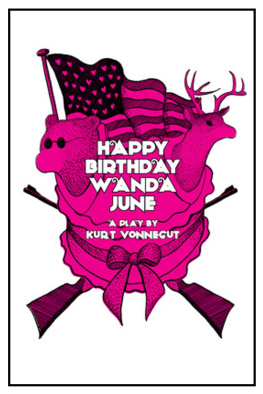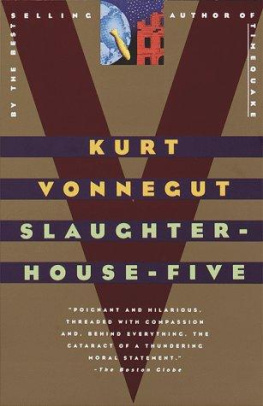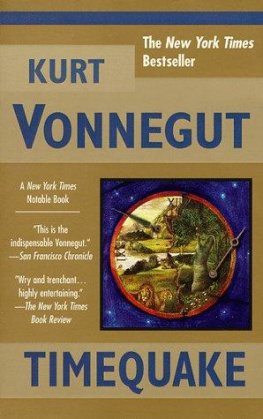Contents
Guide
Page List
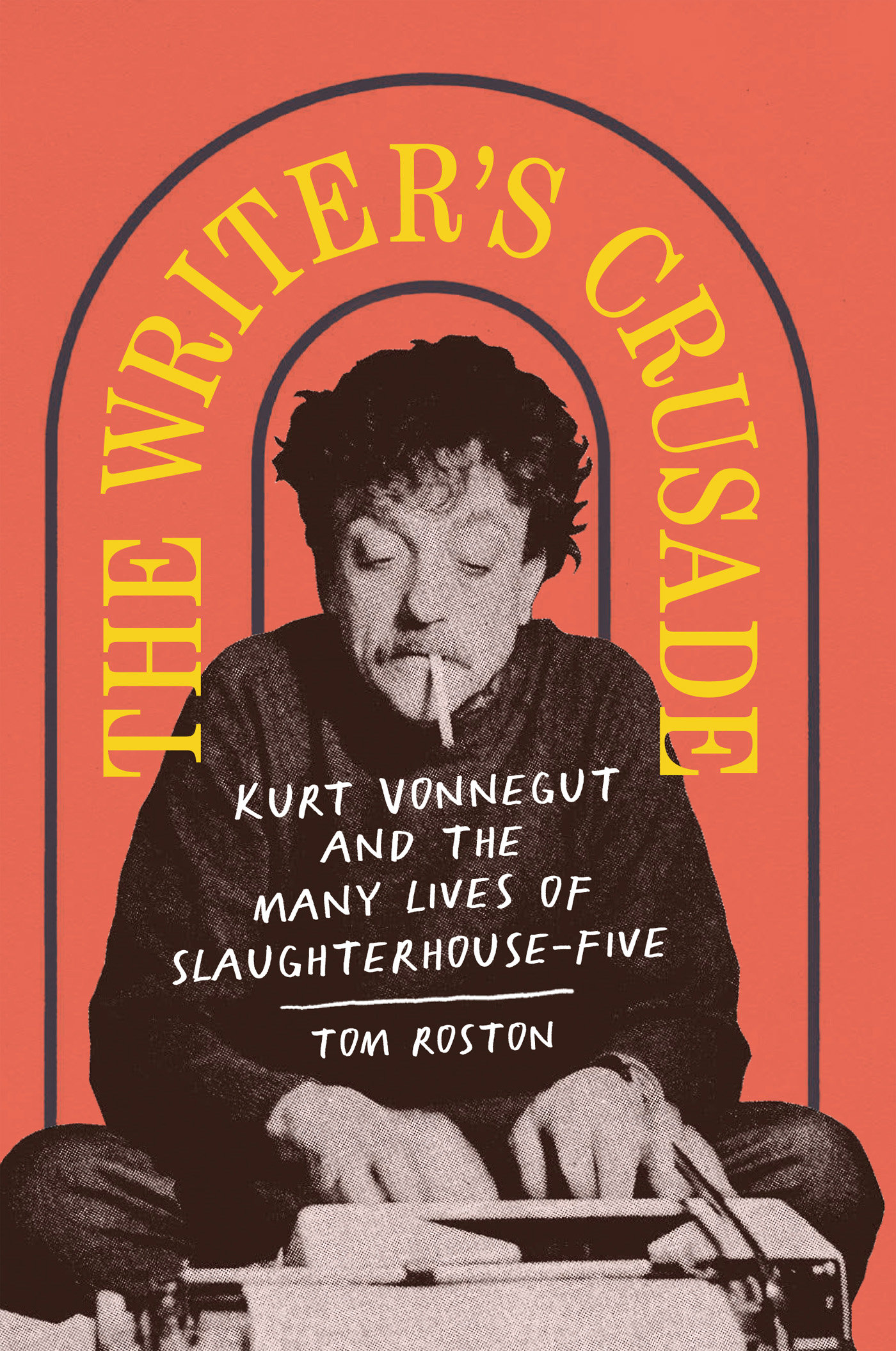
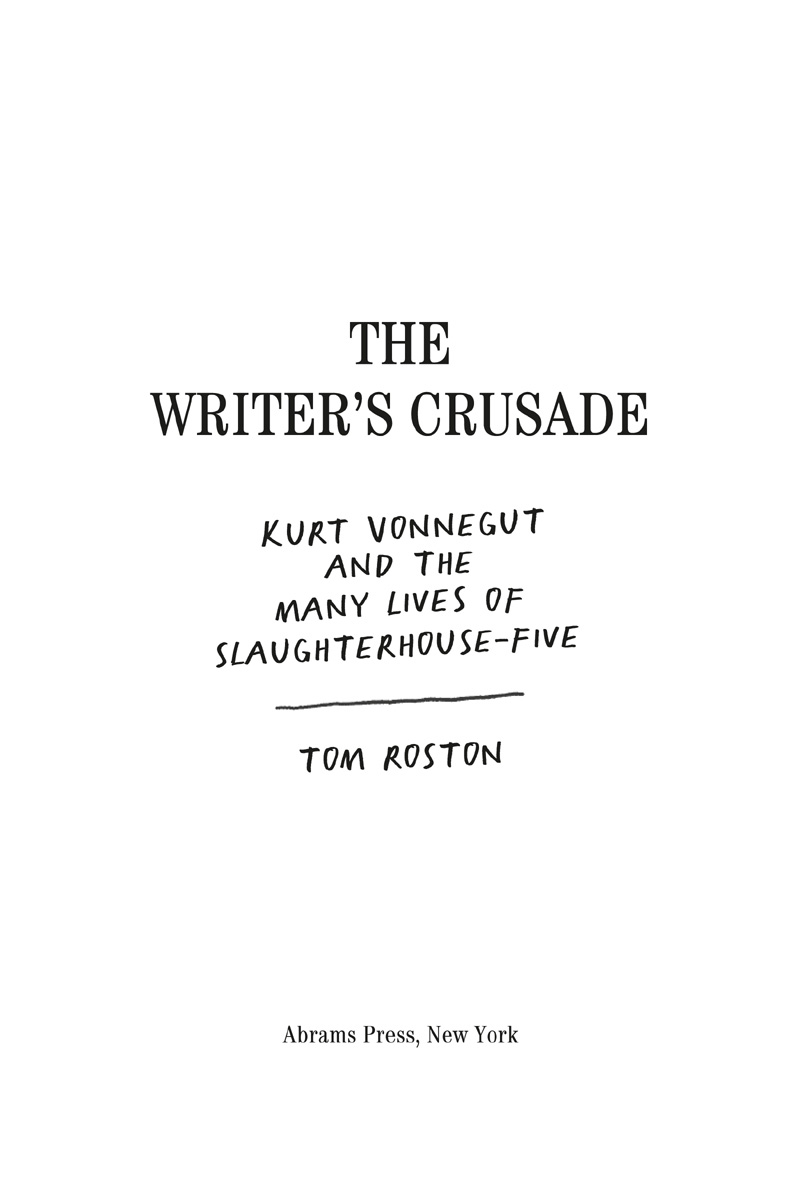
Copyright 2021 Tom Roston
Cover 2021 Abrams
Kurt Vonneguts unpublished quotes from his archives at the Lilly Library, Indiana University, Bloomington, Indiana, copyright Kurt Vonnegut, used by permission of The Wylie Agency LLC.
Published in 2021 by Abrams Press, an imprint of ABRAMS. All rights reserved. No portion of this book may be reproduced, stored in a retrieval system, or transmitted in any form or by any means, mechanical, electronic, photocopying, recording, or otherwise, without written permission from the publisher.
Library of Congress Control Number: 2021934857
ISBN: 978-1-4197-4489-1
eISBN: 978-1-68335-924-1
Abrams books are available at special discounts when purchased in quantity for premiums and promotions as well as fundraising or educational use. Special editions can also be created to specification. For details, contact specialsales@abramsbooks.com or the address below.
Abrams Press is a registered trademark of Harry N. Abrams, Inc.

| ABRAMS The Art of Books
195 Broadway, New York, NY 10007
abramsbooks.com |
To all peace-loving pilgrims who confront lifes traumas with beauty and truth and jokes.
If at the end of a war story you feel uplifted or if you feel that some small bit of rectitude has been salvaged from the larger waste, then you have been made the victim of a very old and terrible lie.
TIM OBRIEN
Everything was beautiful, and nothing hurt.
KURT VONNEGUT
CONTENTS
CHAPTER ONE
Kurt Vonnegut, Nazi Slayer!
CHAPTER TWO
Slaughterhouse-Five and the PTSD Prism
CHAPTER THREE
The Road to Dresden
CHAPTER FOUR
Onwards and Upwards
CHAPTER FIVE
Writing Slaughterhouse-Five, or, This Lousy Little Book
CHAPTER SIX
A Reading of Slaughterhouse-Five, or, Stopping a Glacier
CHAPTER SEVEN
What Really Happened to Vonnegut in World War II, or, the War Parts, Anyway
CHAPTER EIGHT
A History of War Trauma
CHAPTER NINE
A PTSD Primer and an Infinite Jester
CHAPTER TEN
Whats Wrong with Billy?
CHAPTER ELEVEN
Diagnosing Mr. Vonnegut
CHAPTER TWELVE
Kurt, After the Crusade
CHAPTER THIRTEEN
Slaughterhouse-Fives Place in History (Despite That Whole Timelessness Thing)
CHAPTER FOURTEEN
One Last Joke
CHAPTER ONE
KURT VONNEGUT, NAZI SLAYER!
All this happened:
I really did begin research on this book in November 2018, and by November of the next year I made a remarkable discovery about Kurt Vonnegut. Or what appeared to be. I had tracked down Bernie OHare and interviewed him over the phone. He was talking on his Bluetooth headset while driving to Oneonta in upstate New York, and I was sitting on my living room couch in Brooklyn using a cordless phone attached to a digital recording device. I wanted to talk to Bernie about his father, Bernard V. OHare, because I had come to think that his dad may have had an even greater significance to 1969s Slaughterhouse-Five than its author, Vonnegut, had led us to believe.
Vonnegut and OHare had buddied up during World War II and had been captured together by the Germans during the Battle of the Bulge in December 1944 and put in a prison camp and eventually in a meat locker under a slaughterhouse, where they miraculously survived the Allies devastating firebombing of Dresden. It was a turning point in Vonneguts life, one that he documented in his famous novel, which took him twenty-three years to complete.
Most of this you probably already know because youve read his book. Vonnegut writes about this experience with OHare in the first chapter of Slaughterhouse-Five as if its nonfiction, but then the next nine chapters are about a fictional character, Billy Pilgrim, who travels in time and is abducted by aliens from the planet Tralfamadore, and whose war experiences loosely parallel Vonneguts, all of which makes it metafiction, meaning it upends the conventional fictional narrative by blurring the line between the author and the story being told.
Vonnegut didnt even set that initial chapter apart by calling it a preface or an authors note. He just dropped himself into that first chapter and then sporadically throughout. Id like to do that!
I wanted to know more about OHare because, despite there being reams of commentary about Slaughterhouse-Five by Vonnegut and others, there isnt a whole lot about this seemingly essential character, other than what Vonnegut writes in the book and what he mentioned occasionally in interviews and essays.
As a middle-aged freelance journalist and author of a couple of middling successful nonfiction books, I wanted my Slaughterhouse-Five book to break new ground on how people perceive Vonneguts masterpiece, and I thought the path might be through OHare. I needed the money from writing the book, yes, and a groundbreaking book could result in more of it. But I also felt like I was running out of time to make my mark as a writer. So I went all out. I bought $255 tickets on Delta from New York to Vonneguts hometown of Indianapolis, reserved a room at the Cascades Inn in Bloomington, Indiana, and made plans to visit the Lilly Library at Indiana University, where I wanted to dig into Vonneguts discarded drafts of Slaughterhouse-Five to find a literary Holy Grail, some secret Da Vonnegut Code that no one had found before.
On the first day at the Lilly, a weird thing happened. While I sat in the spacious reading room with high ceilings and large wood tables, an older, heavy-set librarian crashed into a door that swung out at her and she quietly collapsed into a heap on the floor. One of her fellow librarians broke the silence by gasping, Oh! I got up from my chair, unsure if I should approach, but quickly sat back down as several other librarians gathered with hushed voices. Medics arrived and asked the woman if she knew what year it was. I believe she answered correctly before they rolled her out on a gurney.
I really enjoyed my time in Bloomington, eating breakfasts of yogurt, toast, and Square Donuts (Never cut corners is the local franchises slogan) in the common area of the Cascades Inn, a nondescript white motel by the side of the road, which was also hosting an international group of ethnomusicologists who were gathering in the heartland for a conference at the university. The European and Latin American music geeksI say this with affectionwere mostly young graduate students dressed in scarves and wool sweaters, while the Americans were old enough to be their grandparents, dressed in fleece and L.L.Bean boots. Both seemed to be equally delighted to be there, talking excitedly about the merits of juice not from concentrate and string instrument esoterica while an electric heater with a digital fireplace display hummed nearby.
On the morning of my third day at the Lilly, I was putting my belongings in a locker as requestedthey have more than Vonneguts drafts to protect; the Lilly houses a first folio of Shakespeare, a first edition of The Canterbury Tales, and Spider-Man No. 1, among other relicswhen the lights went out. It was totally dark in the locker area. I walked out of the room and I again witnessed librarians in a moment of crisis. They were as calm, swift, and organized as Austrians. Visitors and staff were led into a windowless common area where we were informed that the building would be closed for the day.

